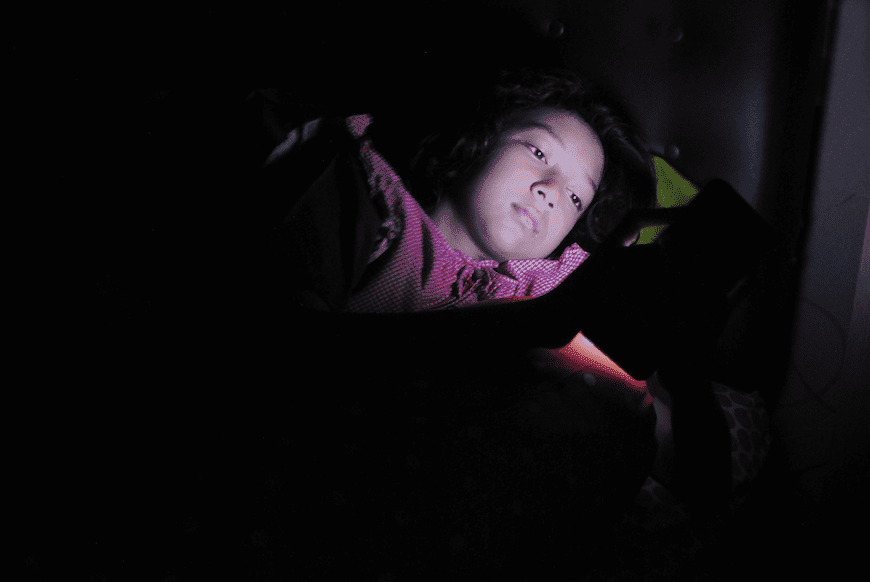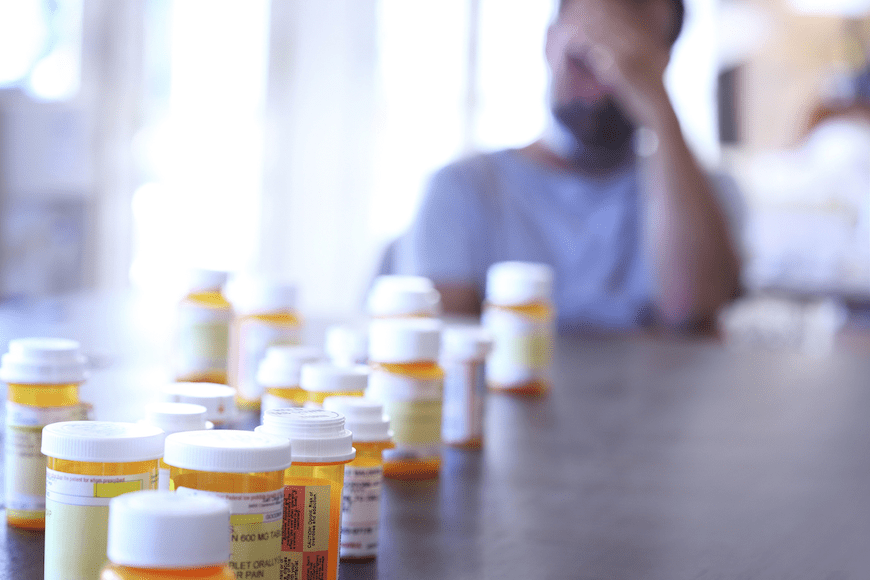Generation Z appears to be swapping out one vice for another. Recent research suggests that college students are putting down the bottle and picking up the pipe as marijuana usage rates continue to climb.
For more than 40 years, alcohol consumption outpaced marijuana use consistently on college campuses. It’s clear that with so many states legalizing recreational marijuana, college students have been taking advantage.
Despite weed’s surging popularity, experts still lack much in the way of long-term research on what cannabis consumption does to the developing brain.
Regulation Shapes Consumption
One study, appearing in the May issue of the journal Addiction, examined data pulled from 27 surveys on college campuses from 1979 to 2022.
According to the study, rates of daily or near daily consumption (DND) – defined in the study as usage of 21 days or more per month – skyrocketed in comparison to “infrequent usage.”
Though the overall consumption of alcohol still trumps cannabis usage, levels of cannabis users categorized as “intensive” users surpassed everyday drinkers.
“1992 was the nadir of marijuana use reported in the survey,” the study’s author, Jonathan Caulkins, said. “At that time, there were 10 times as many people self-reporting daily alcohol use as marijuana use. The number of self-reported daily and yearly marijuana users has gone up twentyfold.”
This trend has troubled some researchers as the dearth of research persists.
“It’s been over 10 years since it first came on the ballot in Colorado. It’s moving so fast,” Jonathan Montemayor, a Texas A&M assistant professor with a background in alcohol, tobacco, and other drug research, said. “What people don’t understand is it took 50 years for us to put a label on cigarettes that says, ‘Hey, you know what? These are deadly.’ It took a long time for us to quantify how bad cannabis (or) how bad alcohol, can be for you. We all knew it could be bad, but how much is bad?”
Filling the Gap
Montemayor, teaming up with The National Institute of Drug Abuse (NIDA), is digging deeper into the repercussions of increasing, widespread cannabis use, but the existing federal drug schedule classification complicates things. Montemayor would need federal approval to pursue a study looking at cannabis use on the country’s college campuses. And those approvals can take years.
On the other hand, a similar study focused on alcohol wouldn’t need clearance from the feds – just the standard safety protocols.
Cannabis rescheduling will shift the landscape of the industry, and not just the research aspect.
“The big consequence is taxes. Under existing law, cannabis businesses can’t deduct the cost of cannabis as a business expense,” former FDA Deputy Commissioner for Global Regulatory Operations and Policy Howard Sklamberg said. “With schedule 3, they can. That’s a big deal. Also, it makes it easier to do research.”
Despite the challenges, Montemayor and his team have identified some discrepancies in the existing research. For starters, they note that alcohol consumption is largely a social activity, while cannabis use remains a predominantly private activity.
“Social connection is not as high among cannabis users, because they’re not doing it to be out in public…They’re doing it because they want to and because it feels good…” Montemayor pointed out. “They’re doing it because they’re depressed or they’re anxious or they want to relax. Or they’re coping.”
Smokin’ In The Classroom
On top of the social consequences, cannabis usage can bleed into the classroom.
“The frequency of cannabis use is skipping class more often. And, of course, if you skip class more often, that’s going to lead to a lower academic achievement and potentially dropping out of school, or just a lower GPA,” Montemayor continued.
Students now can purchase different forms of marijuana, ranging from edibles, beverages, vapes, and old-school smokeable products.
“The interesting thing about the increase in marijuana use is an increase in the number of people using, but it is even more an increase in the frequency of use that’s covered in this paper,” Caulkins added. “So ways of use goes way up. There’s also an increase in intensity of use in terms of milligrams of THC per day.”
Pushing Back Against Cannabis Use
With the rates on the rise, some groups are taking steps to curb usage, starting at a young age, and working toward early intervention.
Among the highest rates of usage is from the age 18-25 demographic, and early intervention might not be working as well as professionals have hoped. One approach would be tailoring the message to the audience. Rather than speaking to middle schoolers about legal concepts and ramifications, creating age-appropriate lessons might help.
“When they’re 17 going into 18, you can talk about these policies and social and legal landscapes,” Montemayor explained. “The research has said that the longer someone delays onset of something…the more likely they will delay usage in college and even post-college, or the less likely they’ll develop a disorder from it.”
As more research is completed, and with a possible rescheduling on the way, experts will know more about cannabis and the impacts it has on students on college campuses. Whether the rates keep climbing, only time will tell.
Further Reading
Sexual Health, Substance Use, and ADHD in College Students



